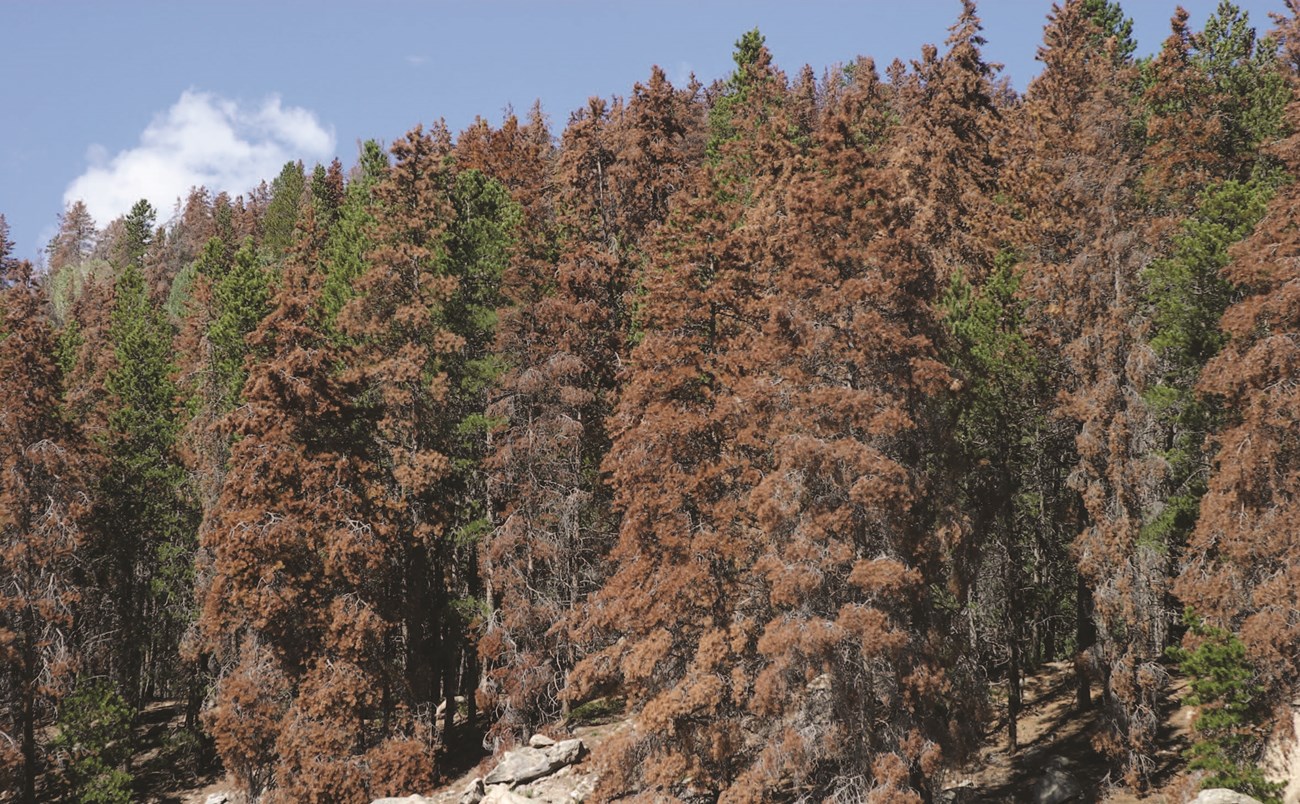Last updated: June 1, 2020
Article
New Article Offers a Fresh Look at Human-caused Climate Change in Our National Parks

Patrick Gonzalez
May 2020 - In 2018, Principal National Park Service Climate Change Scientist Dr. Patrick Gonzalez and others published the first spatial analysis of past and projected climate change across all US national parks. They found that since 1895, our national parks have experienced double the rate of warming (1.8 ± 0.4ºF per century) than that experienced by the US overall. The reason? So many of our most spectacular natural and cultural landscapes occur in the very environments—e.g., mountains, deserts, the Arctic—that are the most vulnerable to climate change. If human-caused carbon emissions are not curtailed, the authors found that annual average temperatures in the national park system could rise by up to 16ºF by 2100.
Now, Dr. Gonzalez has published an updated climate change assessment for the national parks. It synthesizes the results of the spatial analysis, but it also goes further. To start, it thoroughly catalogs other studies on the climate change impacts parks are already experiencing. For example, a section on ocean acidification highlights research occurring in part at Cabrillo National Monument. The study found a 25%–40% increase in ocean acidity along the California coast since the preindustrial era. The increase is attributed to carbon dioxide emissions from human sources. Other research finds that ocean acidification has dissolved the shells of small planktonic sea snails. It comes partly from coastal sites in Olympic and Redwood National Parks.
This latest publication also reviews the science on future risks in national parks throughout the country. Research in Indiana Dunes National Park, for example, shows that rising temperatures could eliminate Karner blue butterfly habitat in the park. Larval development and mortality both increase with hotter temperatures. At the same time, heat shortens the lifetime of their lupine host plants.
Finally, the article looks at what we can do to adapt to a warmer world and reduce emissions to prevent the most severe climate change scenarios. Adaptation strategies parks are employing include everything from raising and planting heat-resistant coral species to identifying and conserving climate refugia. To reduce emissions, some parks are focusing on things like offering public transit. They are responding to inventories showing that visitor cars are the single highest source of emissions for many parks. The report also highlights Golden Gate National Recreation Area’s journey to become carbon neutral as a model for other parks. Check out the full article, Human-caused climate change in United States national parks and solutions for the future, in the UC Berkeley Parks Stewardship Forum to learn more.
For more information
- Gonzalez, P., F. Wang, M. Notaro, D.J. Vimont, and J.W. Williams. 2018. Disproportionate magnitude of climate change in United States national parks. Environmental Research Letters 13: 104001.
- National Park Service Climate Change webpage
- Pacific Coast Science & Learning Center Climate Change webpage
- Contact Principal National Park Service Climate Change Scientist Dr. Patrick Gonzalez






